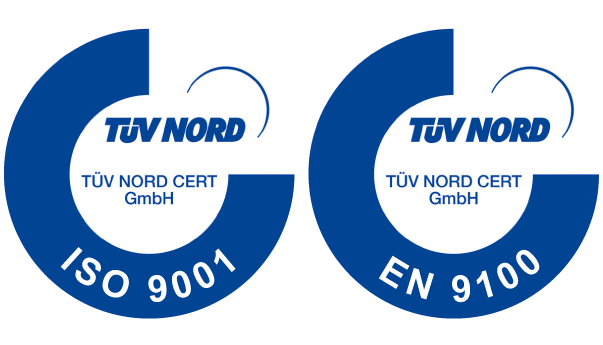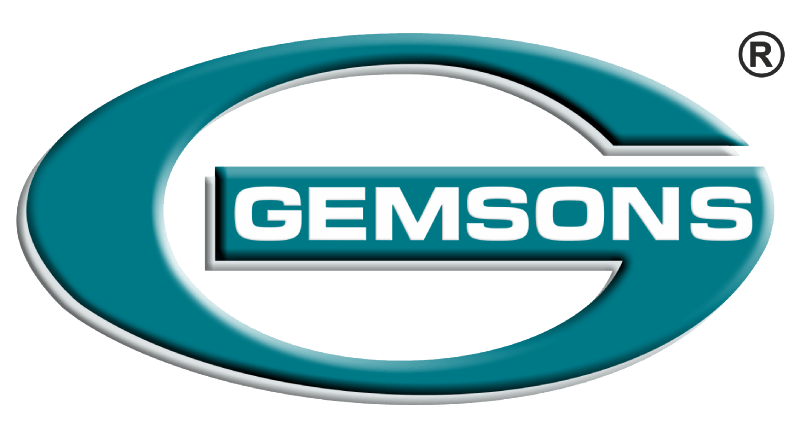Ultra precision machining implies manufacturing parts with tolerances as low as micrometres – at times they tend to go down to nanometers as well! The most important characteristics of such machining are extreme precision, the ability to deal with even the most complex geometries, and surface finishes of the highest quality. A lot of industries and applications depend on such machining with the most prominent names in these cases being aerospace, electronics, medical devices, optics, and automotive. The main reason for such dependence is that these industries need highly precise parts and strict tolerances to ensure that they are functioning and performing at the highest level.
The most important technologies and techniques in ultra-precision machining
The three most important aspects of ultra precision machining in terms of technology and technique are advanced CNC (Computer Numerical Control) equipment and machines, high precision cutting tools and materials, and the innovations that have happened in the domain of quality control and metrology. Ultra-precision machining depends significantly on the best and the latest CNC machines that are exceptional in terms of their repeatability and accuracy. Such machining cannot also happen without specialized cutting tools that are made from materials such as CBN (cubic boron nitride) and PCD (polycrystalline diamond).
Factors that affect the performance of ultra-precision machining
The performance of ultra precision machining depends on factors like material properties and selection, temperature control and environment of machining, and noise and vibration reduction strategies. The material you choose affects the machining process. This is in the sense that various materials show different levels of machinability, hardness, and thermal expansion. It is also essential that you maintain the machines in a stable environment. If you wish to achieve high levels of precision with such work, you need to minimize noise and vibration during such processes.
The most important processes of ultra-precision machining
The three most important processes employed in ultra precision machining are micro-turning and micro-milling, ultra-precision polishing and grinding, and micro-precision laser machining. Micro-milling and micro-turning processes like diamond turning, which uses diamond tooling, make sure that you have a superior-quality surface. Such techniques create small-scale components that have excellent product quality and high levels of accuracy. Ultra-precision polishing and grinding are specialized techniques that are used to achieve rather precise and smooth surfaces. Ultra-precision laser machining is an advanced manufacturing process that uses laser technology to achieve highly intricate and precise results.
The challenges that you need to overcome in ultra-precision machining
The biggest issues you face with ultra precision machining are tool breakage and wear, workpiece damage and deformation, and achieving tight tolerances and maintaining them. Such machining needs extreme levels of precision and this is why there is always a possibility that the tools could wear out rapidly which can potentially lead to breakage. Such machining is delicate too and this is why if you do not manage the workpieces properly, they may get damaged or deformed. You also must adjust and monitor the machining process consistently to attain and maintain ultra-precise tolerances.
Conclusion
You do not have to worry about these issues if you get your ultra precision machining tools and equipment from the best companies in the industry such as Gemsons because of the high quality of such products. Using such machines would revolutionize your high-precision manufacturing work as they would use the most meticulous processes and the latest technologies. Using these machines would help you manufacture the most intricate parts with the highest level of accuracy, the tightest of tolerances, and the best surface finishes. This will make sure that the results are dependable and perform at a superior level.



Recent Comments